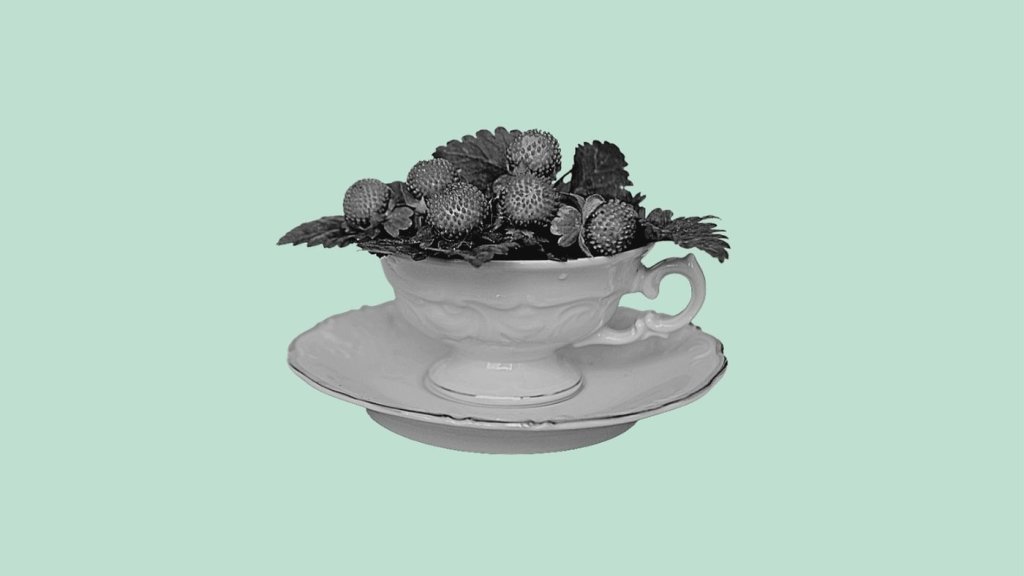The mock strawberry (Potentilla indica) is a bland, non-toxic fruit. It is originally from Asia but is now found in many countries worldwide. While it looks very similar to a wild strawberry, there are a few clear and defining differences.
Potentilla indica Plant Profile
This herbaceous perennial plant is native to Eastern and Southern Asia. However, it has been naturalized worldwide as an ornamental plant. You can find it in North America, Canada, Australia, Europe, Asia, and more.
From the Rosaceae family and Potentilla genus, the scientific name of this fruit is Potentilla indica. It was, and sometimes is still, referred to as Duchesnea indica.
A few common names include:
What Are You Foraging For Right Now?
We're thrilled to hear your ideas. What would you like to submit today? Feel free to share your thoughts and experiences with us.
- Mock strawberry
- Indian strawberry
- False strawberry
- Backyard strawberry
Some foragers also call this fruit snake berry. However, there are multiple berries with this nickname, some of which are poisonous.
Check our video below for more information on wild strawberries and how to distinguish wild strawberries from mock strawberries in nature.
Is the Mock Strawberry Edible?
The leaves and fruit of the mock strawberry are edible but not very flavorful.
You can compare the flavor to the white part of the watermelon near the rind. If you are still interested in consuming this food, there are a few creative ways.
- For a vitamin boost, you can use the leaves as a potherb.
- You can dry out the leaves to make tea.
- You can blend and strain the fruit to make a mild, refreshing juice.
- If you don’t have enough berries for a recipe (jam, sauce, dessert), you can improvise with mock strawberries.
As with many foods, overeating this fruit might cause a stomachache, but it is not toxic. It is high in protein, vitamin C, and iron.
How to Identify Indian Mock Strawberries
This low-growing plant generally flowers and fruits between April and June. The flowers are less than an inch wide and have five yellow petals, five green sepals, and central stamens.
On the bottom side of the flower, you will find green, rectangular bracts that protect the flower from harsh weather and pests.
Each of the three leaflets grows from a long petiole. The leaves are dark green, hairless, and veined with serrated margins. Indian mock strawberry leaves usually survive through the winter season.
The nearly flavorless fruit is about the same size as the flower-less than one inch in all directions. It is usually round or acorn-shaped. The fruit bears tiny, red seeds on the outside, making it bumpy.
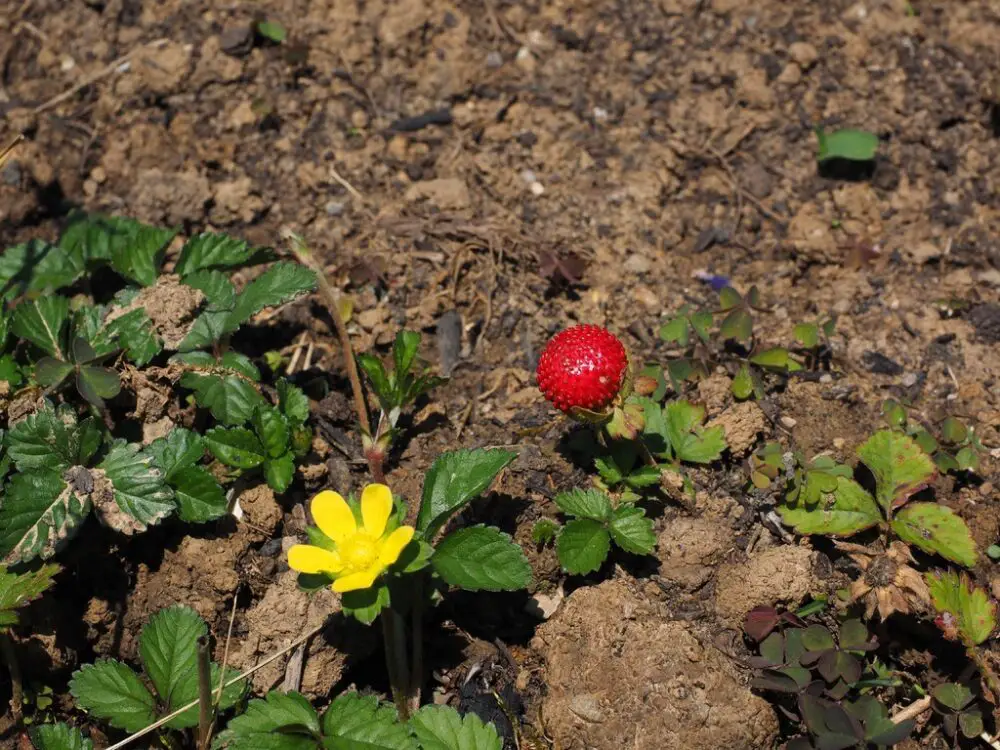
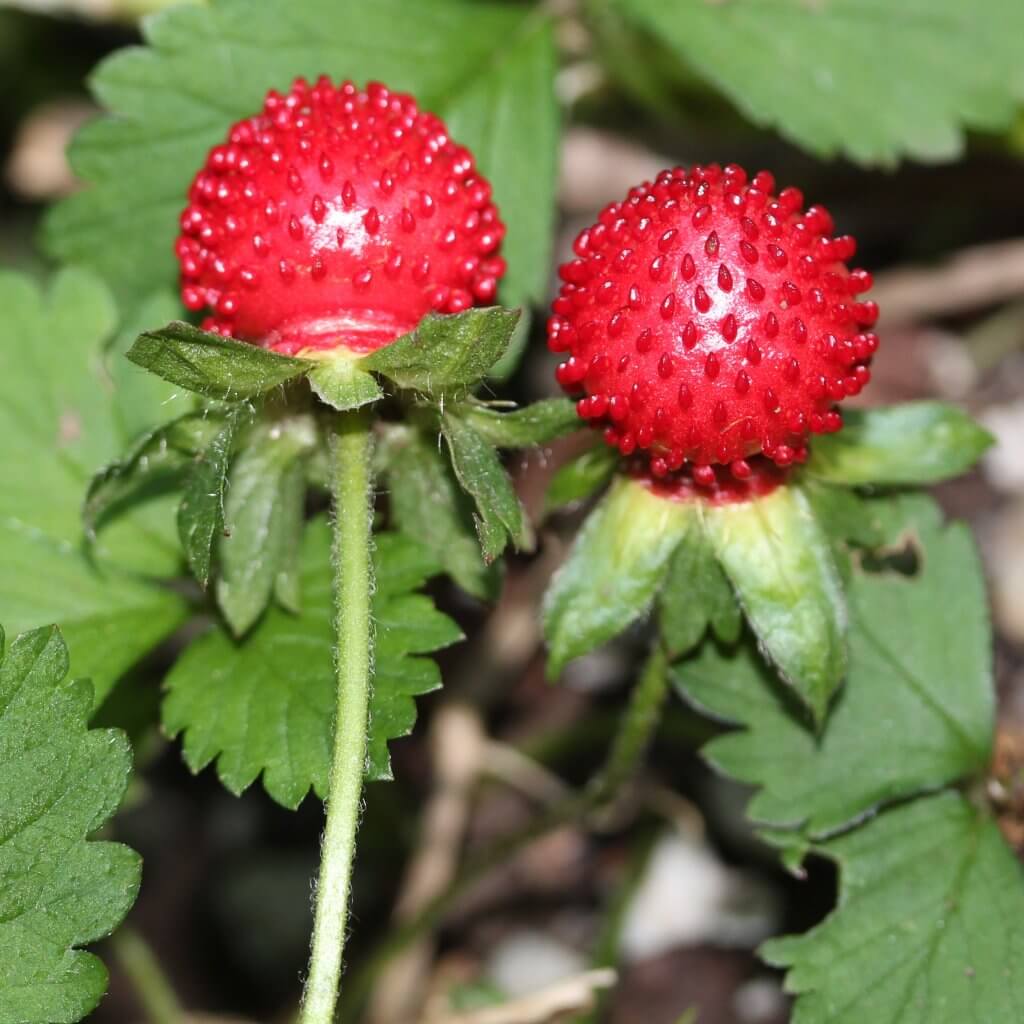
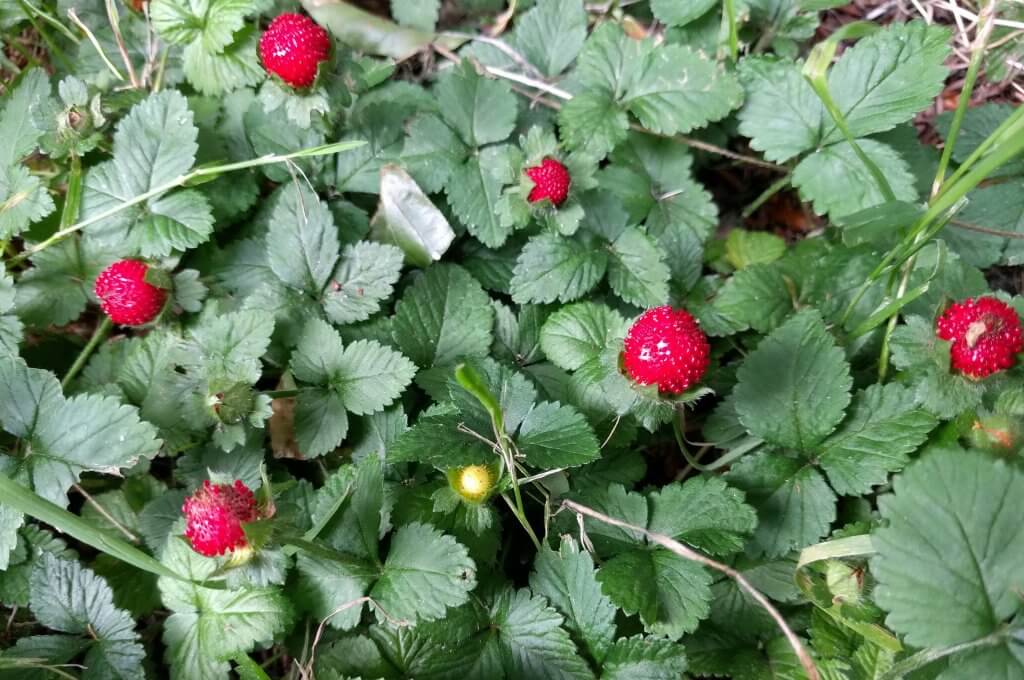
Mock Strawberries vs. Wild Strawberries
Luckily, neither one is toxic. If you mix them up, you’ll be let down by the lack of flavor, but nothing else.
These are the main differences to look for when comparing these two fruits:
- Mock strawberry flowers are yellow, while wild strawberry flowers are whitish (sometimes with a hint of pink).
- The mock strawberry has a bumpy texture, and the wild strawberry has a smooth surface.
- The flavor of a mock strawberry is bland, sometimes bitter, and dry. The taste of wild strawberry is sweet and juicy.
- The leaf tips of the mock strawberry are blunter than the leaves of the wild strawberry.
- Mock strawberries grow upwards, making them easy to spot. Wild strawberries grow downwards, making them more difficult to spot under the leaves.
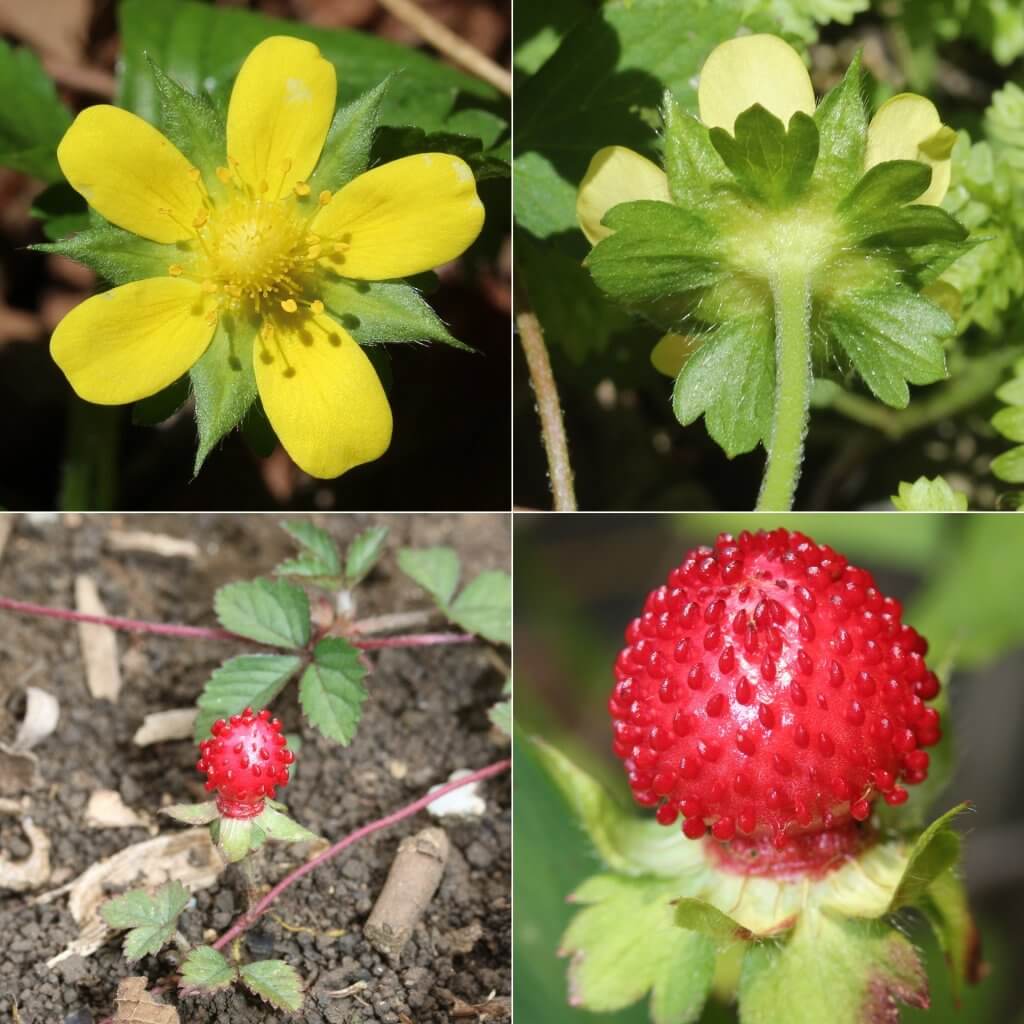


Can Mock Strawberry Be Used Medicinally?
Around the world, this fruit has been used medicinally for hundreds of years. It is especially popular in China. It is most notably used as an antiseptic, anticoagulant, and fever reducer.
Many people claim that the leaves can be crushed and applied directly to the skin, or they can be boiled to create a decoction.
It can be used to treat:
- Eczema
- Ringworm
- Boils
- Abscesses
- Insect and snake bites
- Burns
Where to Plant Potentilla indica
The mock strawberry grows best in USDA hardiness zones 5 to 9. It prefers moist, well-drained soil and partial or full sun.
It grows between 3 and 8 inches high and spreads horizontally by stolons (also known as runners) and roots at the nodes. In landscaping, this flowering plant works best as a ground cover.
In the wild, it grows in disturbed soil. You’ll often find it in wetlands and forests. Many animals eat the fruit and leaves, spreading the seeds far and wide.
It is an invasive species in some areas because it proliferates and displaces nearby native species.
Originally from Florida, but with a lust for travel, Sami has found herself in many remote areas with little-to-no access to traditional medicines. Since 2014, she has been experimenting with natural remedies, eastern medicine, and foraging. She believes that the Earth provides us with everything we need to live, heal, and cure.

